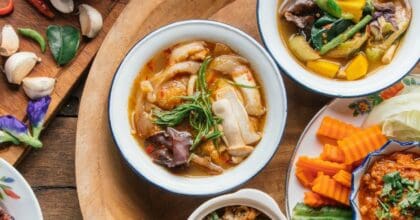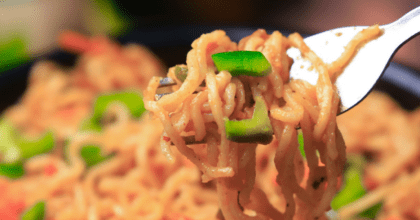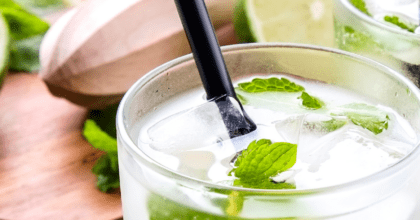Britain’s growing appreciation for green and herbal tea hits sales of builder’s brew
“Once a cup of builder’s tea was enough to drown the nation’s sorrows”, but new research from Mintel finds Brits are increasingly turning to alternative varieties, as sales of green tea bags have shot up an impressive 83% in past two years alone.
Indeed, the strain is showing for good old-fashioned English Breakfast tea. Although accounting for the biggest share of the tea market (70%), sales of ordinary English Breakfast tea bags dropped by 1.5% from £470 million to £463 million between 2010 and 2011. Since 2009, the share of ordinary bags as a percentage of all in home tea sales has declined from 73% in 2009 to 70% in 2011. What is more, the number of Brits using English Breakfast tea in the past 12 months has fallen from 87% in 2010 to 83% in 2011.
Meanwhile, other more exotic varieties have shown more positive performances, indeed, between 2009 and 2011, sales of””Fruit and Herbal bags””(valued at £54 million in 2011) increased 10%, while””Speciality bags””(£52 million) and””Decaffeinated bags””(£36 million) grew by 8% and 16% respectively. But it was the””Green bags””sector which was the real star performer of the home tea sector. Sales of Green bags grew a sensational 83% between 2009 and 2011, the market almost doubling from £12 million in 2009 to £22 million in 2011. Today, as many as 12% of Brits drink Green tea on a weekly basis.
Alex Beckett, Senior Food Analyst at Mintel, said:
“”While English Breakfast tea is fondly regarded, the expansion of coffee chains and the exotic flavours of fruit, herbal and green teas are encouraging consumers to diversify their consumption habits, prompting fewer cups of standard tea to be drunk. Though the segment continues to play only a niche role in the market, Green tea, like Fruit and Herbal teas, has benefited from positive associations with healthiness. Green tea extracts are increasingly found in cosmetic beauty products, raising the profile of Green tea among women in particular.””
Overall, retail value sales of tea in the UK jumped by 22% to £655 million between 2006 and 2011. Annual sales growth had rapidly accelerated to 11.9% in 2009 when the market was valued at £610 million. This was largely fuelled by price inflation, which also remained high in 2010 when the total value hit £660 million. The tea market then declined in 2011, when value fell 1% to £655 million. Today, tea is drunk by almost nine in ten (87%) Brits.
“”When faced with adversity, Britons have historically reached for a cup of tea. And the state of the current economic climate should in theory provide bountiful times for tea brands, considering three quarters of users describe it as comforting. However, diversity appears to be impacting tea consumption more than adversity these days. With usage rates falling and value sales growth all but reliant on commodity inflation, it could be forgiven for disregarding the long-established motto to ‘Keep calm and carry on’.””Alex continues.
Meanwhile, sales of loose leaf tea dropped by 11% between 2009 and 2011, to record £16 million, accounting for just 2% of overall tea sales. While usage of loose leaf remained flat over the period, with 9% of tea users choosing this format, sales have declined slightly in recent years, with the higher price of loose tea making it more vulnerable to consumer cut backs in the recession. Surprisingly, the biggest users of loose tea are aged between 25-34 at 12% rather than those aged 65 and over (10%) who were more likely to have grown up using loose leaf rather than tea bags.
“”Most people would think over-55s are the biggest users of loose leaf tea, but it is actually those aged 25-34. Tea has an increasingly cool image. With many of the nation’s younger consumers’ having a keener interest in food, as well as quality coffee, this group are more likely to be more open to discovering the benefits of loose leaf, such as the full flavour of the larger leaves.””adds Alex.
With a strong possibility that the economy will head back into a recession, the outlook for consumer confidence in the UK is bleak. However, as a household staple rather than a luxury item, tea sales are unlikely to be strongly adversely affected. The overall tea market is forecast to grow by 8% to £708 million between 2011 and 2016, as global wholesale tea prices rebound, forcing manufacturers to pass on the costs. “
-
Mintel StoreGet smart fast with our exclusive market research reports, delivering the latest data, innovation, trends and strategic recommendations....View reports
-
Mintel LeapMintel Leap is a revolutionary new AI-powered platform that will transform your research process....Book a demo







































